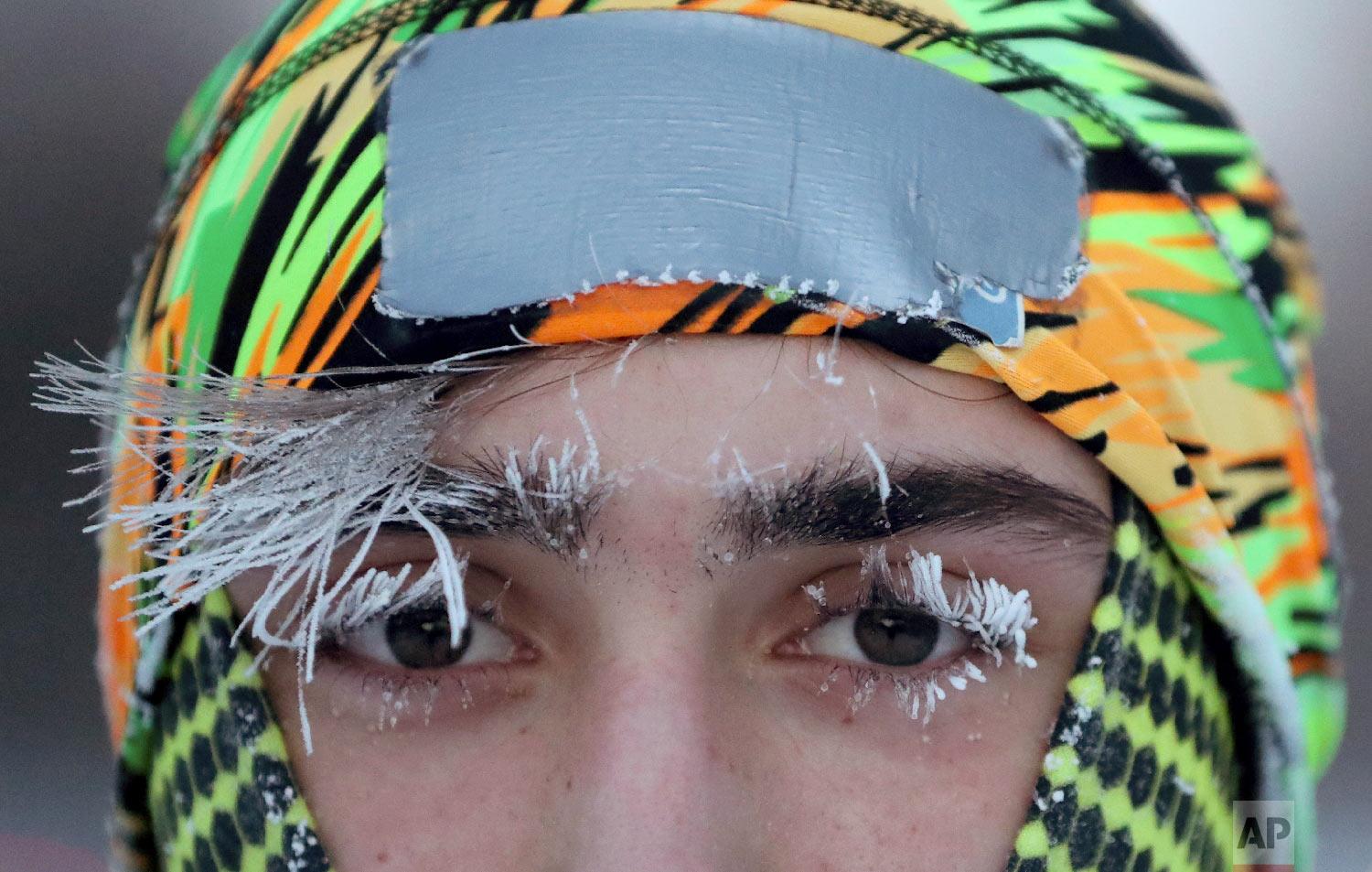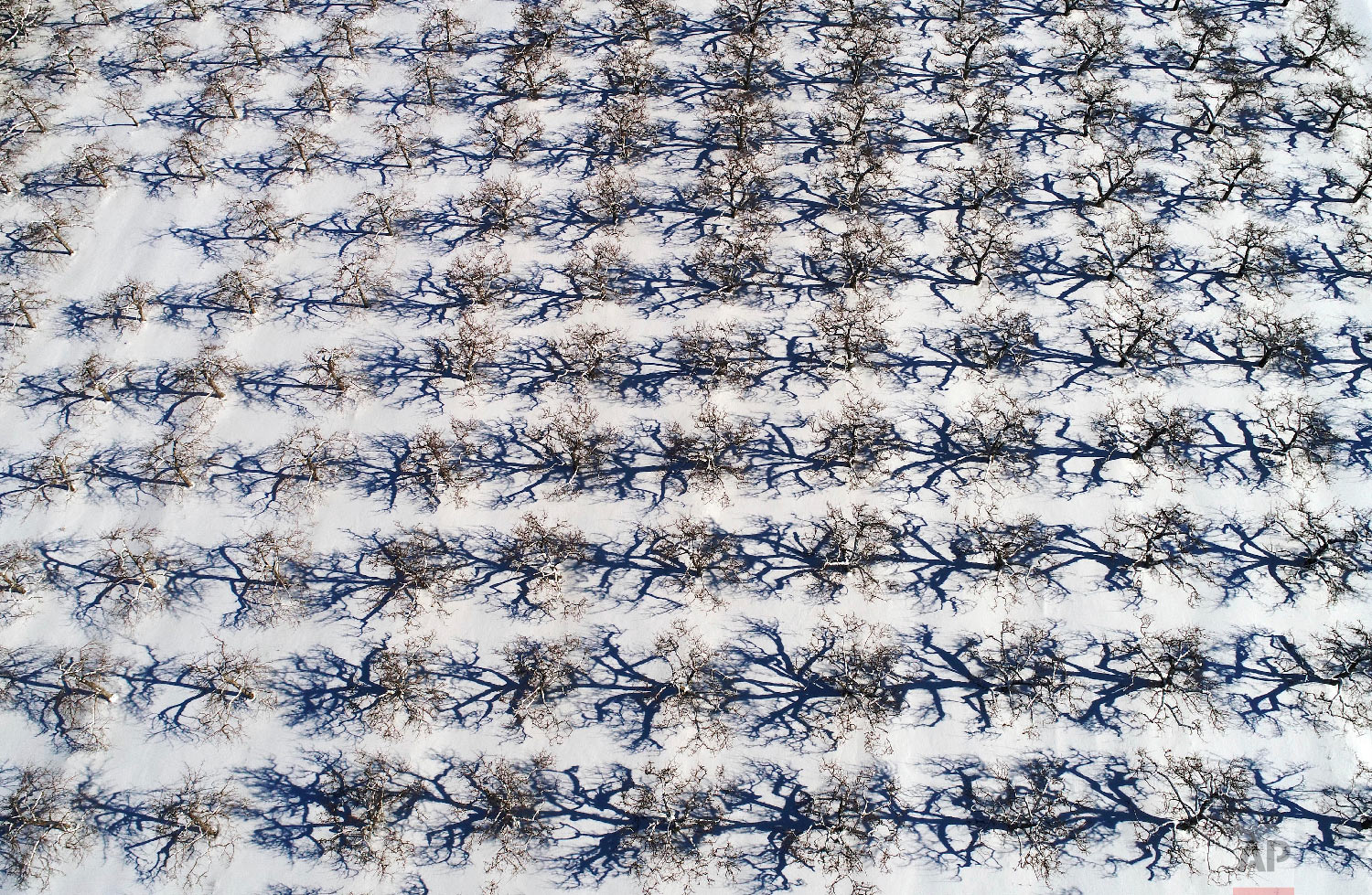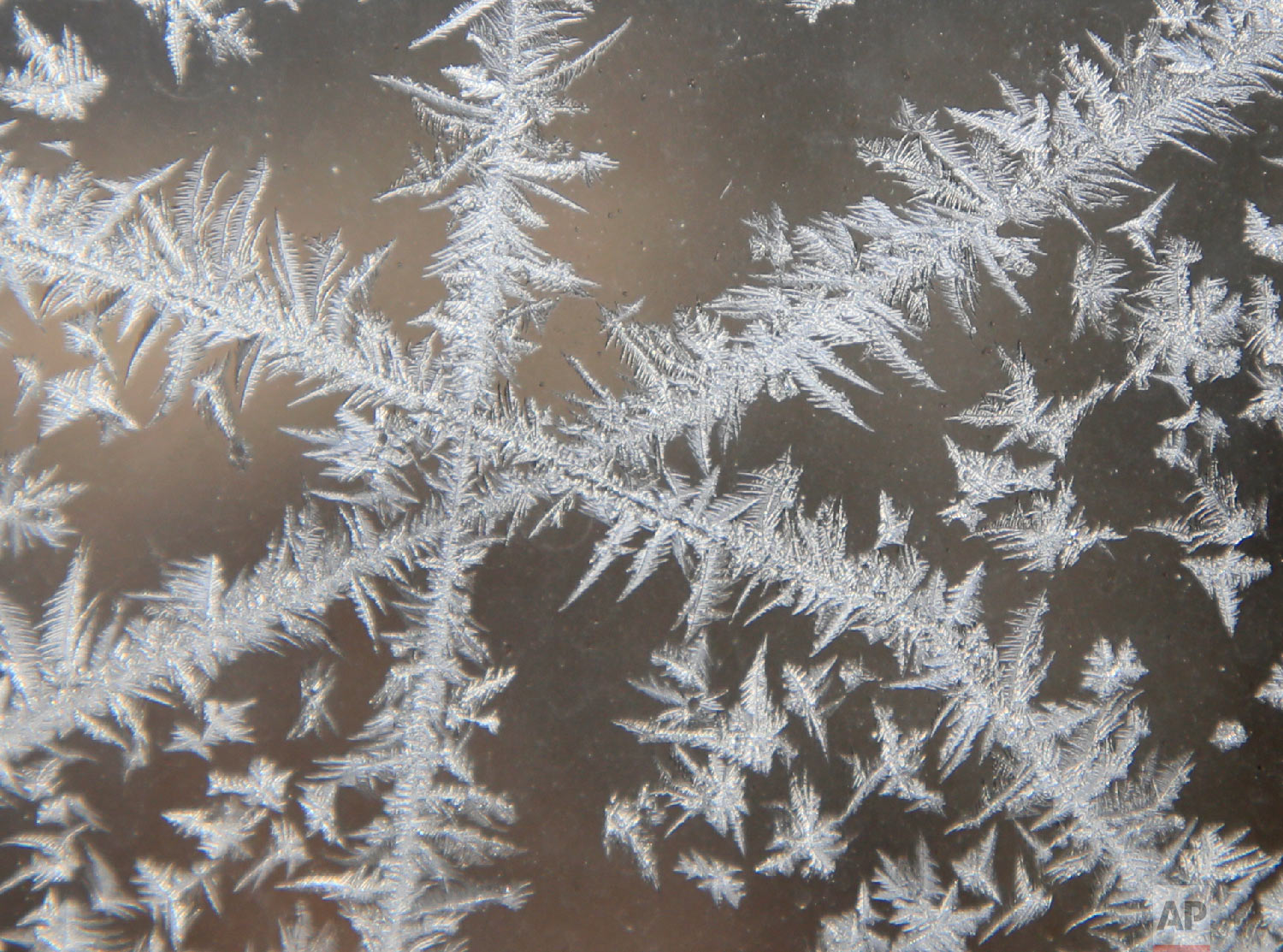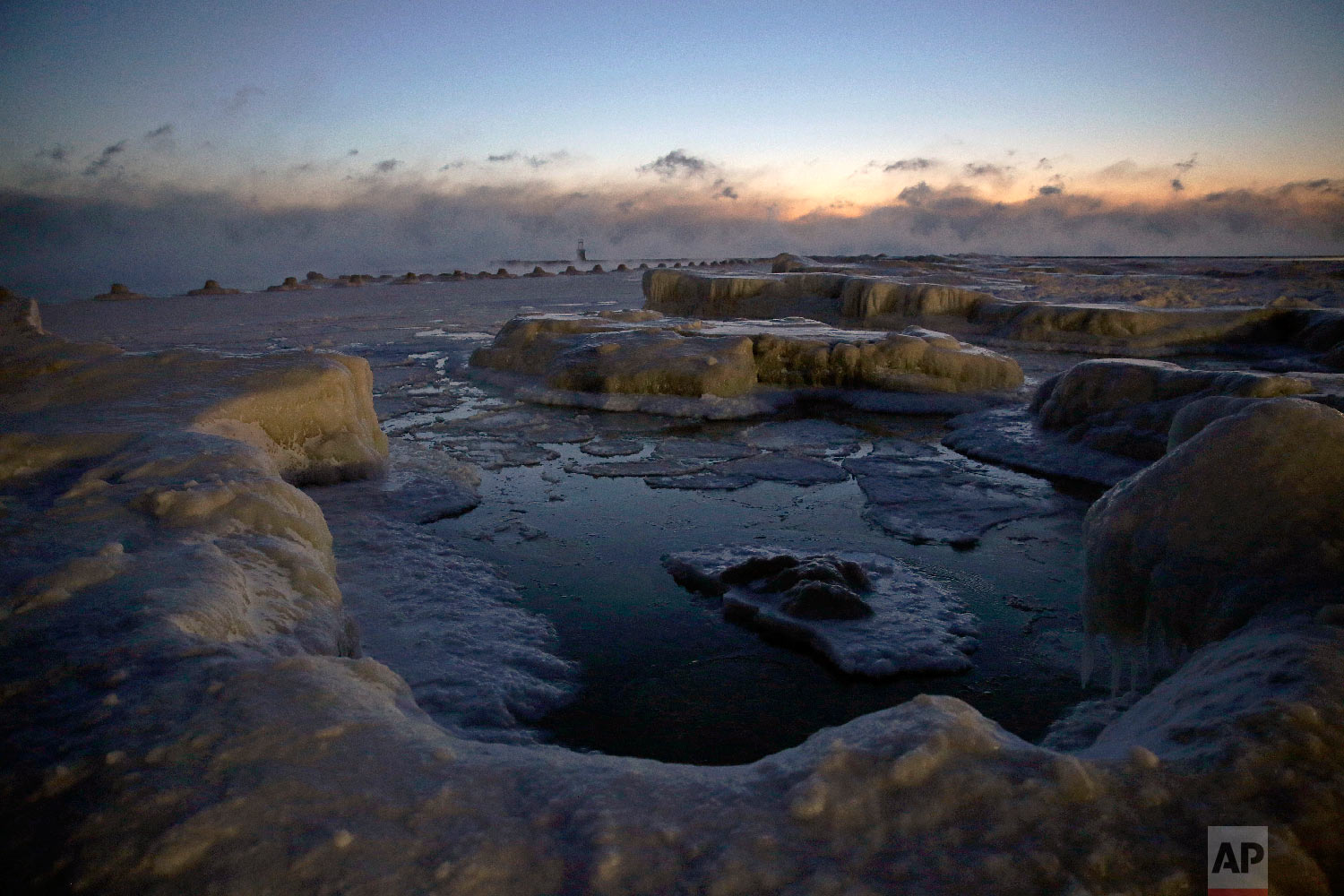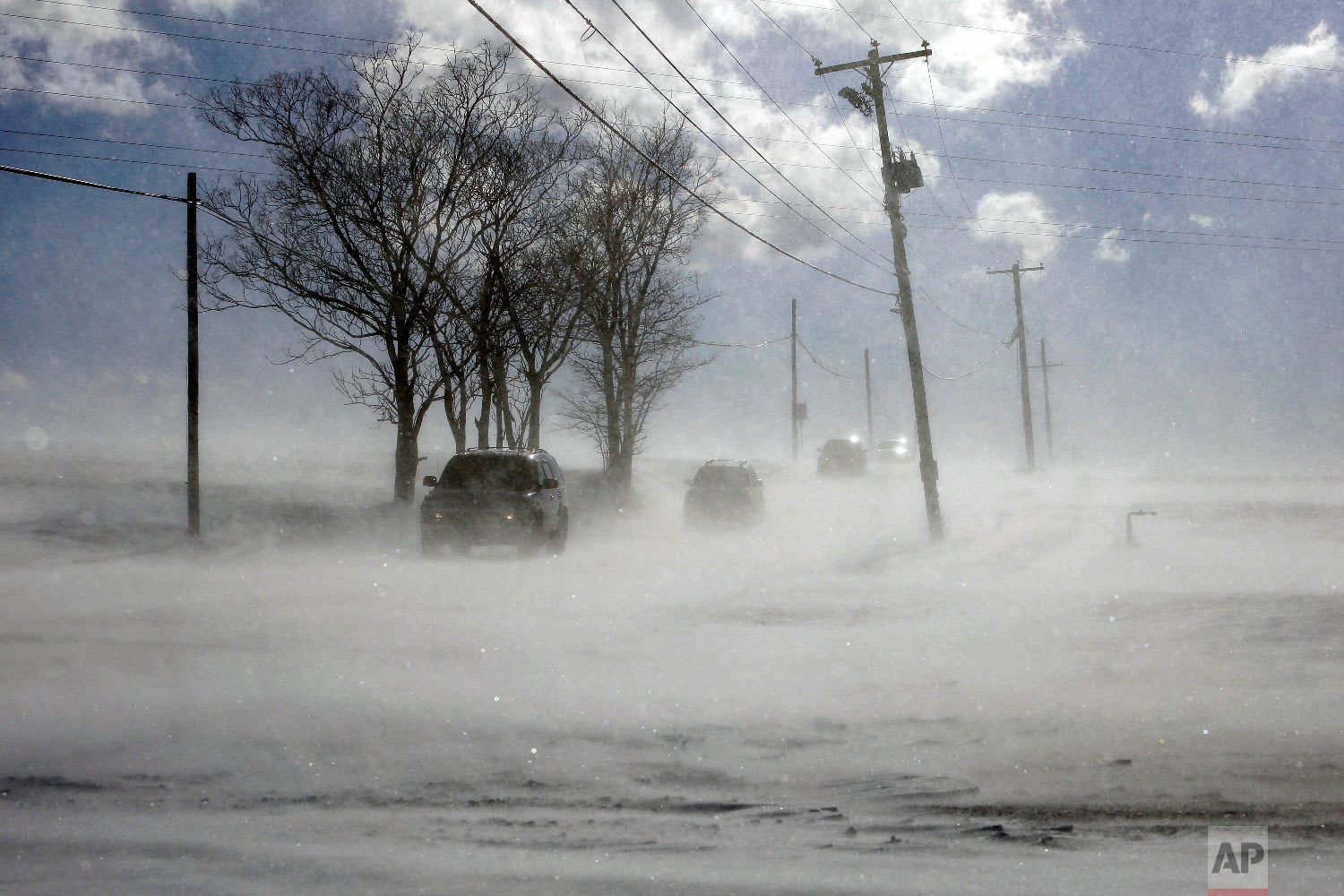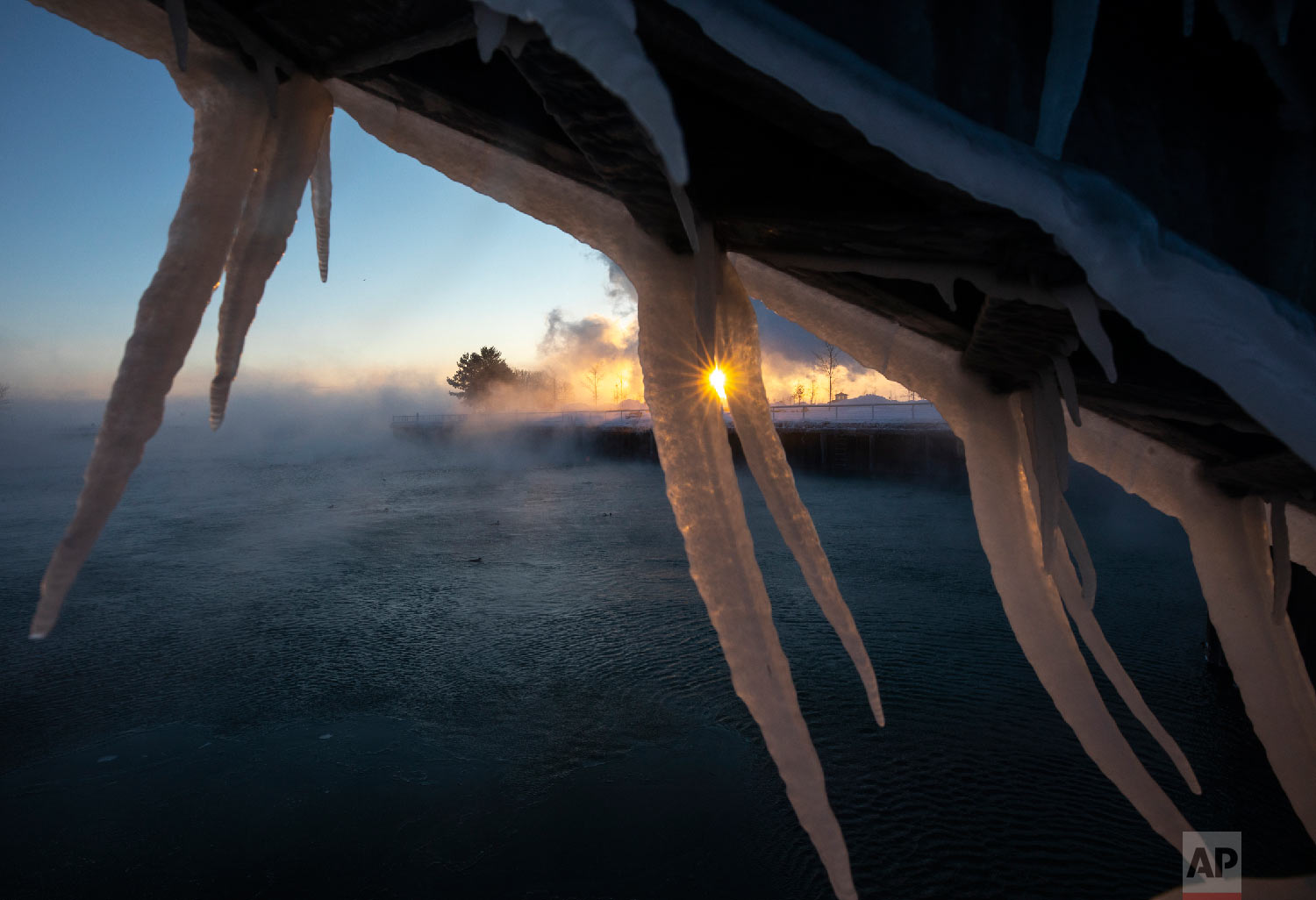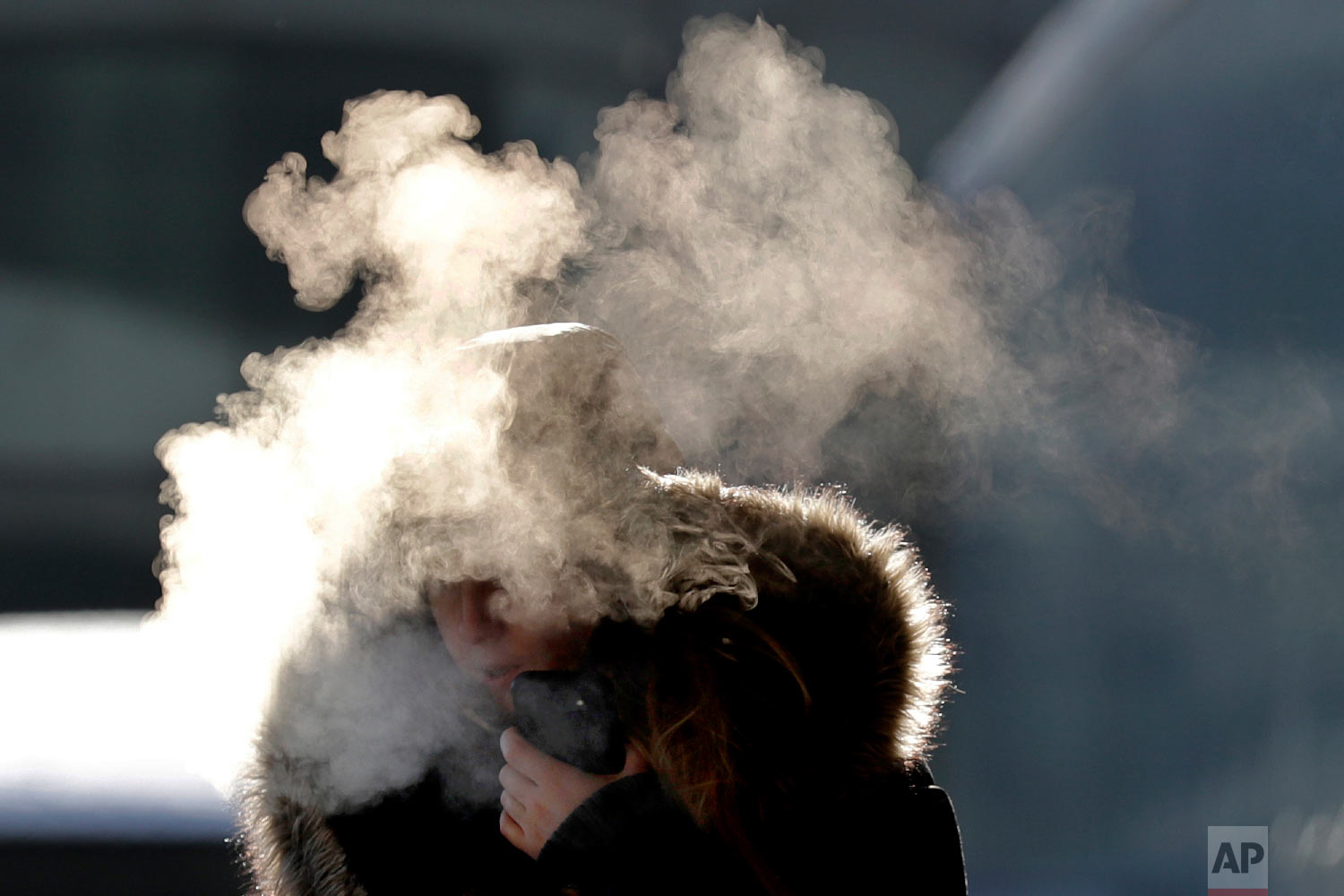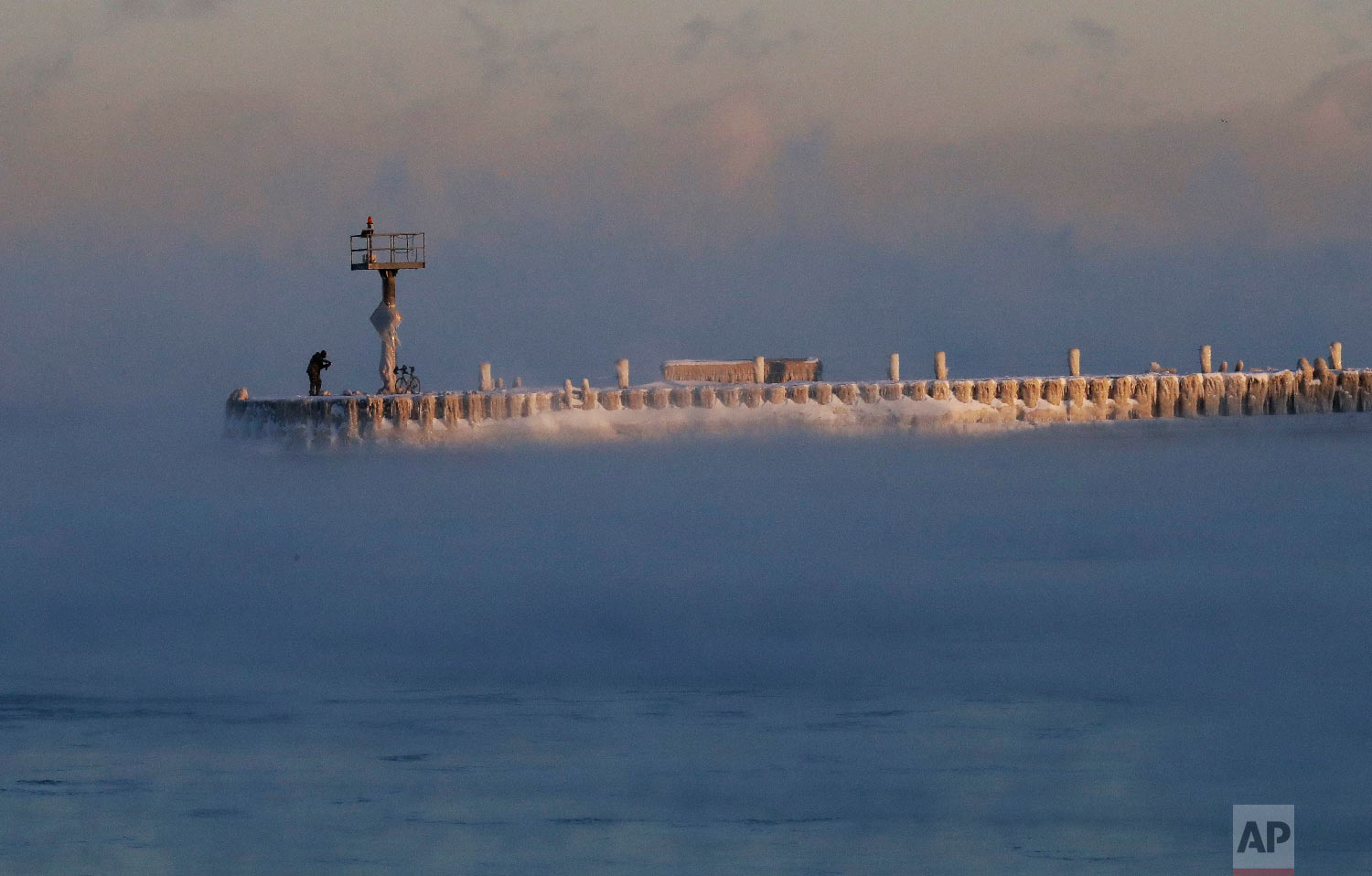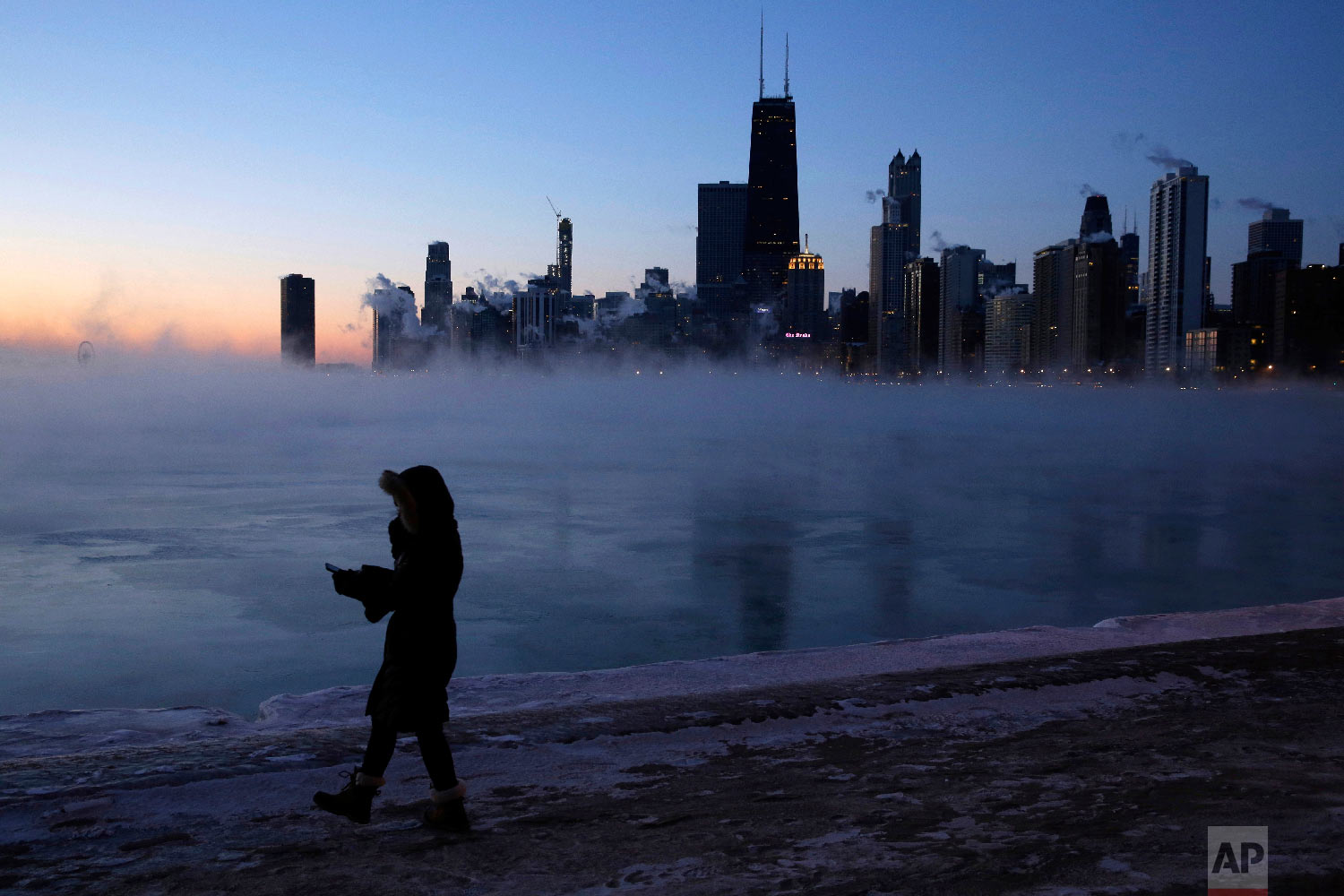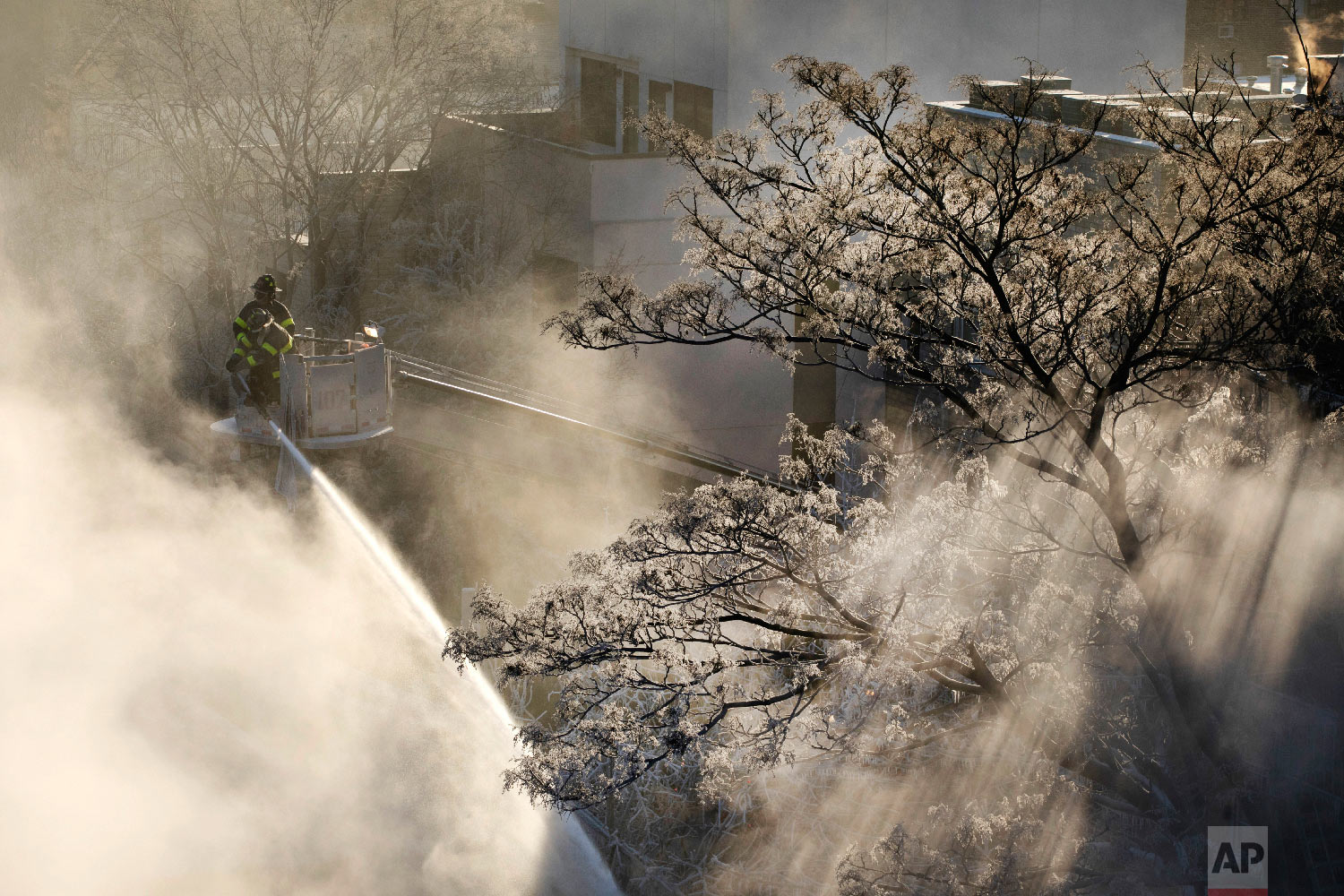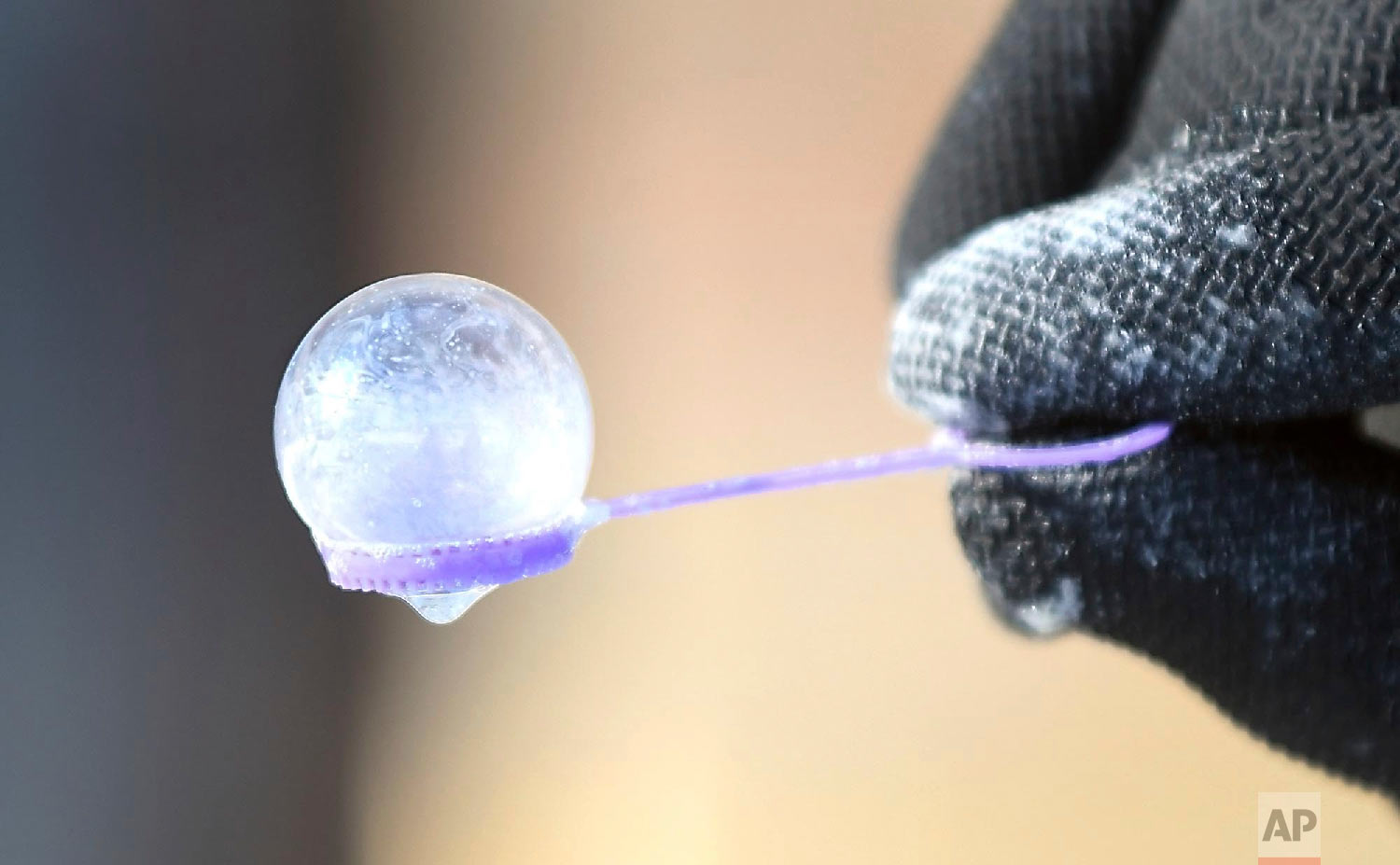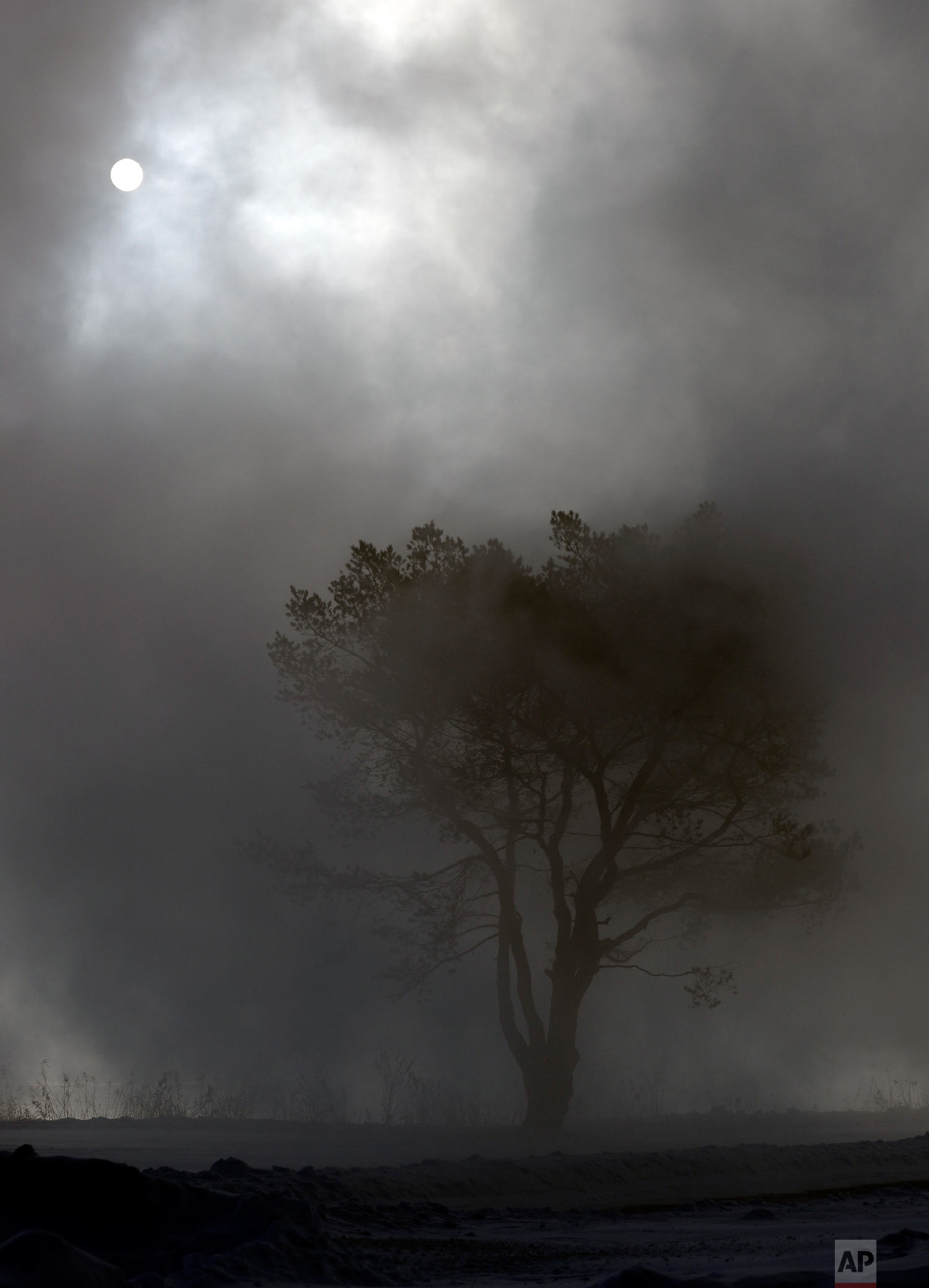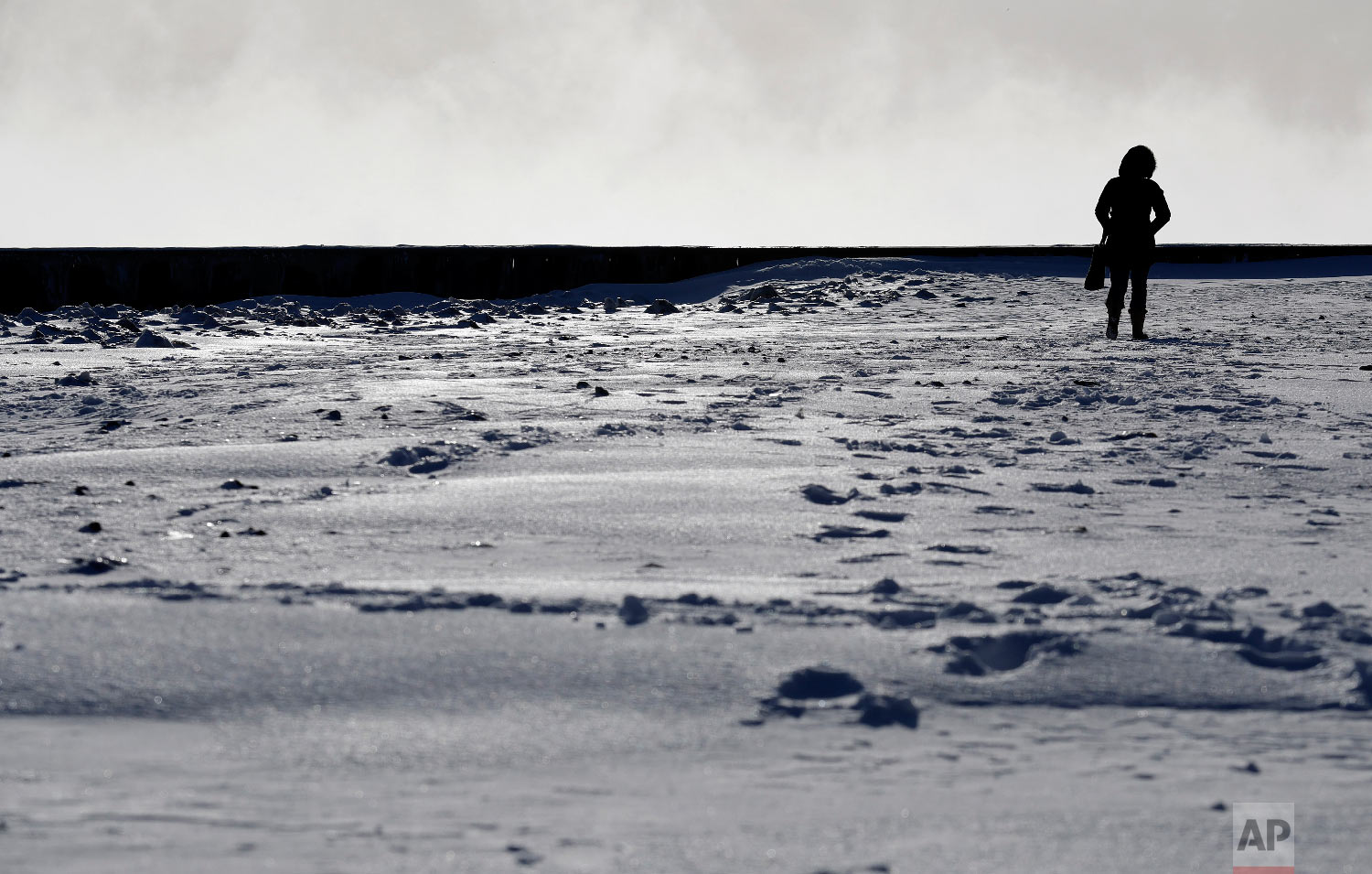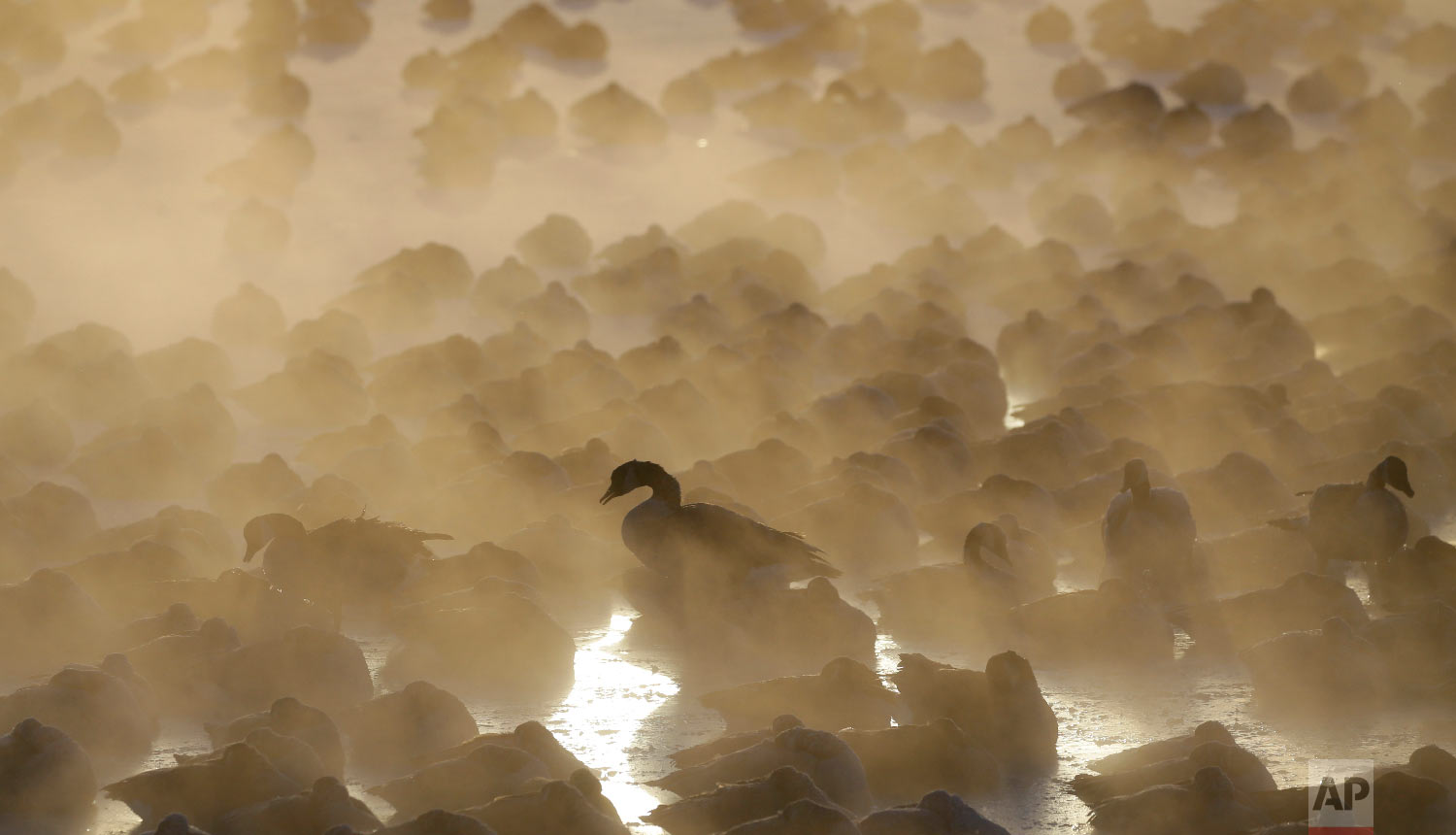Parts of Midwest colder than Antarctica during deep freeze

The painfully cold weather system holding much of the Midwest in a historic deep freeze sent temperatures plunging to a record low in northern Illinois on Thursday, but a dramatic swing of as much as 80 degrees is expected by early next week.
Disruptions caused by the cold will also persist, including power outages and canceled flights and trains. Crews in Detroit will need days to repair water mains that burst Wednesday.
But cities across the Midwest will see a warmup by this weekend, including a temperature yo-yo of around 70 degrees in Minneapolis. The jump will be even larger in Rockford, Illinois, a city northwest of Chicago, that awoke Thursday to a record-breaking temperature of negative 30 degrees (negative 34 Celsius). The forecast Monday in Rockford calls for a high of 51 degrees (10.5 Celsius).
In western New York, a storm that dumped up to 20 inches of snow (51 centimeters) was over by Thursday but gave way to subzero temperatures and dangerous wind chills. The arctic conditions caused problems from Buffalo to Brooklyn, where about 200 firefighters battling an early morning blaze in a commercial building took turns getting warm on buses amid the frigid conditions.
The blast of polar air also strained infrastructure with some of the lowest temperatures in a generation. The deep freeze snapped rail lines, canceled hundreds of flights and strained utilities. As of Thursday morning, about 1,700 flights in and out of Chicago's airports had been canceled over the previous 24 hours.
Chicago's temperature dropped to a low of around minus 23 degrees (minus 30 Celsius), slightly above the city's lowest-ever reading in January 1985 of minus 27 degrees (minus 32 Celsius). Milwaukee had similar conditions.
Minneapolis recorded minus 27 degrees (minus 32 Celsius), while Sioux Falls, South Dakota, saw minus 25 degrees (minus 31 Celsius). Wind chills reportedly made it feel like minus 50 degrees (minus 45 Celsius) or worse.
Trains and buses in Chicago operated with few passengers. The hardiest commuters ventured out only after covering nearly every square inch of flesh against the extreme chill, which froze ice crystals on eyelashes and eyebrows in minutes. The U.S. Postal Service even took the rare step of suspending mail delivery in many places.
The bitter cold was the result of a split in the polar vortex, a mass of cold air that normally stays bottled up in the Arctic. The split allowed the air to spill much farther south than usual.
The system's icy grip also took a heavy toll on infrastructure, halting transportation, knocking out electricity and interrupting water service.
Here’s a look at this week’s snowstorms and bitter cold conditions that enveloped much of the Midwest and parts of the East coast of the United States.
Text from AP news story, Dramatic temperature swings heading to Midwest


